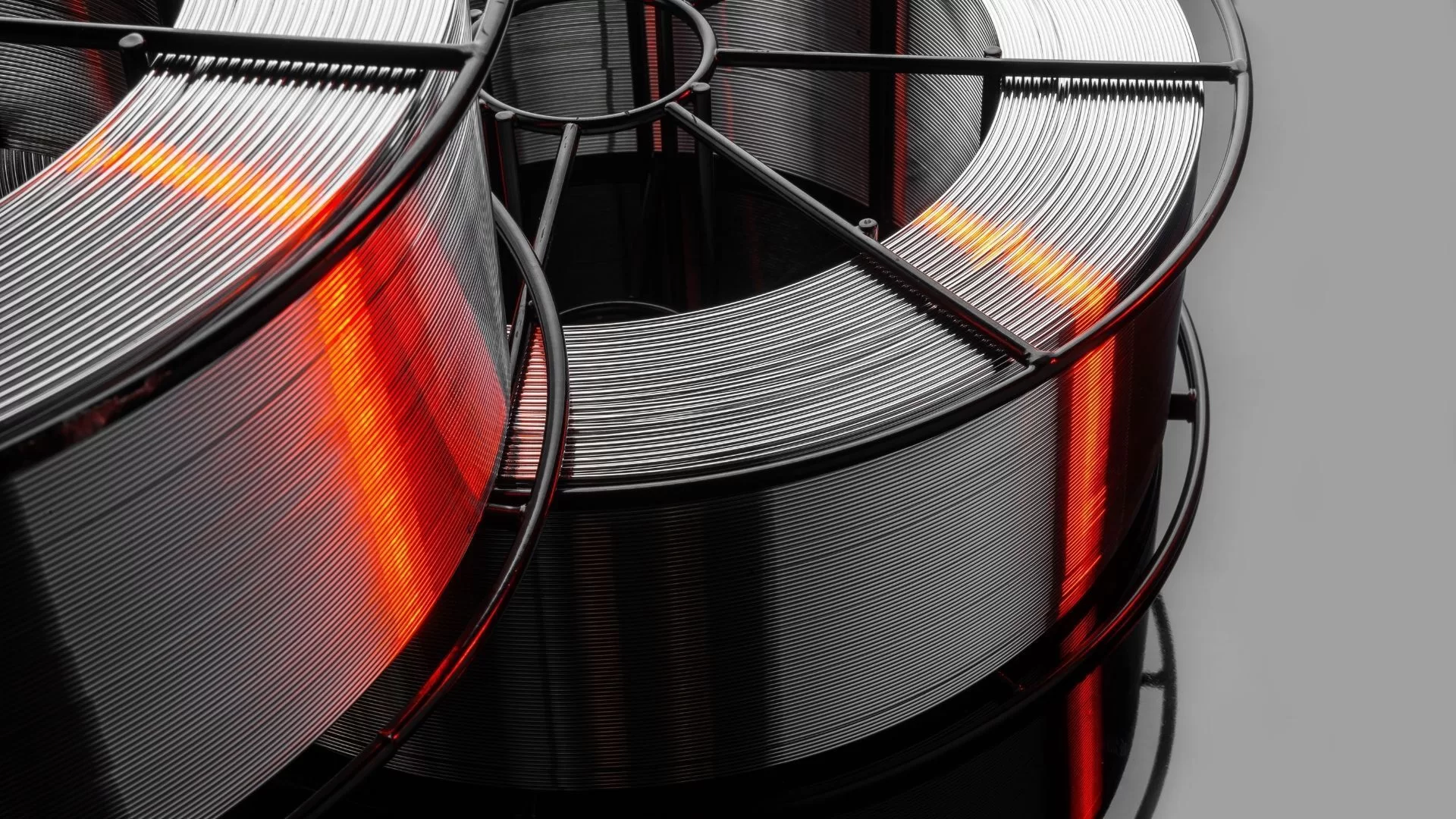Modern welding materials have revolutionized various industries by offering enhanced properties, durability, and versatility. This article provides an overview of contemporary welding materials, highlighting their applications across different sectors and the advantages they bring to welding processes.
Advanced Steel Alloys
Advanced steel alloys, such as high-strength low-alloy (HSLA) steels and ultra-high-strength steels (UHSS), are widely used in automotive, aerospace, and structural engineering applications. These materials offer superior mechanical properties, including high tensile strength and toughness, making them suitable for welding components that require strength while minimizing weight. Weldability is a key consideration in their design, with manufacturers developing specific welding procedures to maintain material integrity and performance.
Aluminum and Its Alloys
Aluminum and its alloys are favored for their lightweight properties, corrosion resistance, and thermal conductivity. Commonly used in automotive bodies, aerospace structures, and marine applications, aluminum alloys require specialized welding techniques, such as TIG welding with appropriate shielding gases, to prevent porosity and ensure strong weld joints. Advances in filler materials and welding equipment have facilitated the use of aluminum alloys in demanding environments where performance and longevity are critical.
Titanium and Titanium Alloys
Titanium and its alloys are renowned for their exceptional strength-to-weight ratio, corrosion resistance, and biocompatibility, making them indispensable in aerospace, medical implants, and chemical processing industries. Welding titanium presents challenges due to its reactive nature and sensitivity to contamination. Advanced inert gas shielding techniques and precise control of welding parameters are essential to achieve high-quality welds without compromising material properties. The ability to weld titanium effectively enhances design flexibility and facilitates the manufacture of complex components with stringent performance requirements.
Nickel-Based Superalloys
Nickel-based superalloys exhibit excellent mechanical strength, oxidation resistance, and thermal stability at elevated temperatures, making them ideal for gas turbines, power generation, and aerospace propulsion systems. These alloys are challenging to weld due to their high alloy content and susceptibility to cracking during solidification. Advanced welding processes, such as electron beam welding and laser welding, along with preheating and post-weld heat treatment, are employed to mitigate these challenges and ensure the integrity of welded joints. The ability to weld nickel-based superalloys allows for the fabrication of components capable of withstanding extreme operating conditions and prolonged service life.
Composite Materials
Composite materials, such as carbon fiber reinforced polymers (CFRPs) and ceramic matrix composites (CMCs), combine the properties of different materials to achieve superior performance characteristics, including high strength, stiffness, and thermal resistance. Welding of composites often involves specialized techniques, such as ultrasonic welding or adhesive bonding, to avoid damaging the reinforcement fibers or matrix material. Applications of composite welding range from automotive lightweighting and aerospace structures to sporting goods and renewable energy systems, where lightweight and durable components are essential for efficiency and performance.
Conclusion
In conclusion, modern welding materials play a pivotal role in advancing technological innovation and addressing the evolving demands of various industries. From advanced steel alloys and aluminum to titanium, nickel-based superalloys, and composite materials, each material offers unique properties that contribute to the design, performance, and longevity of welded components. The development of specialized welding techniques and processes ensures the successful integration of these materials into manufacturing processes, enabling industries to achieve higher efficiency, reliability, and sustainability in their products.
By leveraging the benefits of modern welding materials, manufacturers can meet stringent performance requirements, reduce material costs, and enhance the overall competitiveness of their products in a global marketplace driven by innovation and technological advancement.

